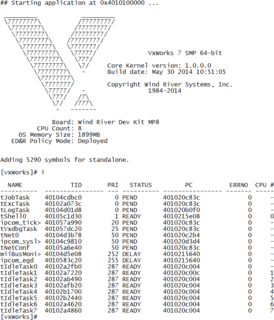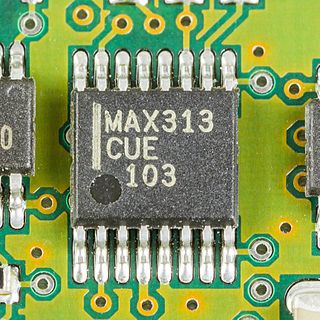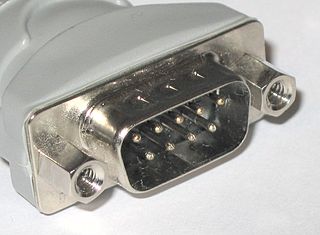This article does not cite any sources .(March 2007) (Learn how and when to remove this template message) |
NetLinx is both a range of controllers manufactured by AMX and the name of the proprietary programming language (loosely based on C) used to program the devices.

AMX is an American manufacturer of video switching and control devices. It is currently owned by Samsung Electronics through Harman International Industries, and is part of the Harman Professional Division.

C is a general-purpose, imperative computer programming language, supporting structured programming, lexical variable scope and recursion, while a static type system prevents many unintended operations. By design, C provides constructs that map efficiently to typical machine instructions, and it has therefore found lasting use in applications that were previously coded in assembly language. Such applications include operating systems, as well as various application software for computers ranging from supercomputers to embedded systems.
The NetLinx controllers are rack mountable devices which run a version of VxWorks and integrate both a processor and device controllers and are typically utilized for audio-visual control systems. An example is the mid-range NetLinx Integrated NI-2100 controller which has 3 RS-232/RS-485 serial ports, 4 relays, 4 infrared/serial ports and 4 input/outputs. Serial ports can send and receive strings, typically ASCII instructions and replies. Relays permit switching of modest currents. IR ports can send infrared signals which emulate typical remote control devices that control (for instance) televisions and video recorders. Input/output ports detect contact closures.

VxWorks is a real-time operating system (RTOS) developed as proprietary software by Wind River Systems, a wholly owned subsidiary of TPG Capital, US. First released in 1987, VxWorks is designed for use in embedded systems requiring real-time, deterministic performance and, in many cases, safety and security certification, for industries, such as aerospace and defense, medical devices, industrial equipment, robotics, energy, transportation, network infrastructure, automotive, and consumer electronics.
In telecommunications, RS-232, Recommended Standard 232 refers to a standard originally introduced in 1960 for serial communication transmission of data. It formally defines signals connecting between a DTE such as a computer terminal, and a DCE, such as a modem. The standard defines the electrical characteristics and timing of signals, the meaning of signals, and the physical size and pinout of connectors. The current version of the standard is TIA-232-F Interface Between Data Terminal Equipment and Data Circuit-Terminating Equipment Employing Serial Binary Data Interchange, issued in 1997. The RS-232 standard had been commonly used in computer serial ports.
RS-485, also known as TIA-485(-A), EIA-485, is a standard defining the electrical characteristics of drivers and receivers for use in serial communications systems. Electrical signaling is balanced, and multipoint systems are supported. The standard is jointly published by the Telecommunications Industry Association and Electronic Industries Alliance (TIA/EIA). Digital communications networks implementing the standard can be used effectively over long distances and in electrically noisy environments. Multiple receivers may be connected to such a network in a linear, multidrop bus. These characteristics make RS-485 useful in industrial control systems and similar applications.
AMX supplies an IDE known as NetLinx Studio which allows a proprietary language to be edited, compiled and sent to the NetLinx controller. NetLinx also contains an interface which allows it to utilize Java based modules.

An integrated development environment (IDE) is a software application that provides comprehensive facilities to computer programmers for software development. An IDE normally consists of at least a source code editor, build automation tools, and a debugger. Some IDEs, such as NetBeans and Eclipse, contain the necessary compiler, interpreter, or both; others, such as SharpDevelop and Lazarus, do not.
Earlier models of AMX controller were named Axcent.






